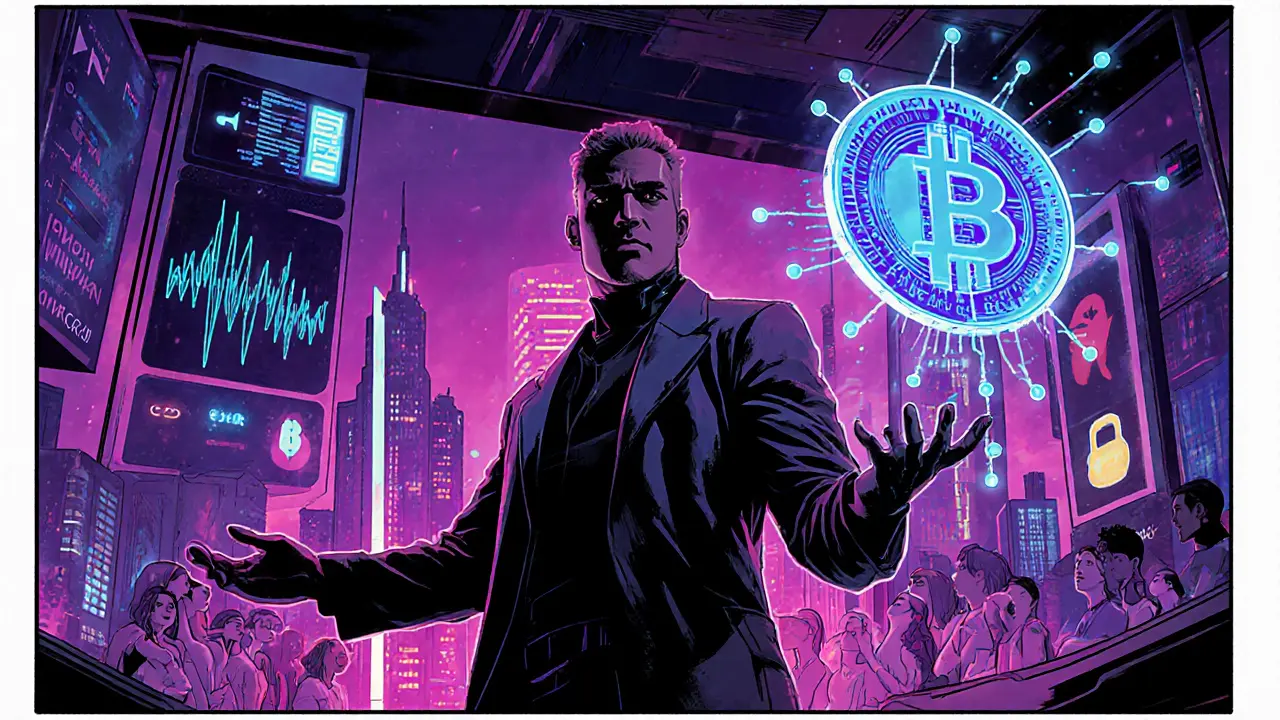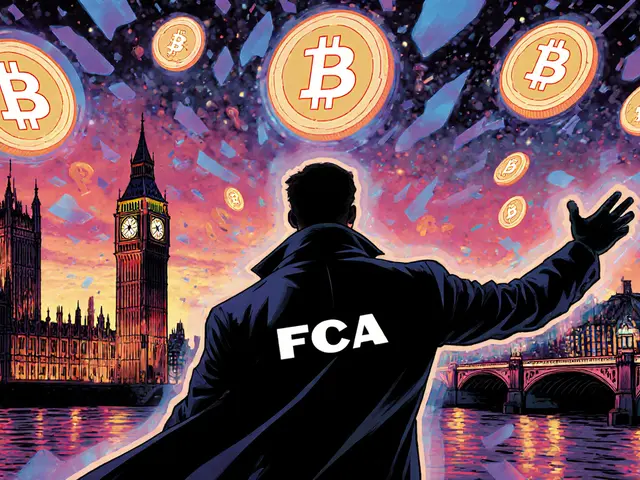Music NFTs
When you hear about Music NFTs, digital tokens that certify ownership of a song, album, or related royalty stream. Also known as Music Non-Fungible Tokens, they sit inside the broader world of NFTs, unique digital assets recorded on a blockchain. The magic happens because each token lives on a blockchain, a decentralized ledger that guarantees scarcity and provenance and is powered by a smart contract, self‑executing code that automates royalty payouts and ownership transfers. In short, Music NFTs let creators sell directly to fans while locking in transparent, programmable payments.
Why Music NFTs Matter
First, they open a new revenue stream for musicians who struggle with low streaming payouts. A single token can embed a 10% royalty clause, so every resale on a marketplace automatically routes a slice of the sale back to the artist. Second, they turn a song into a collectible. Just like a vinyl record, a limited‑edition token can appreciate in value, giving fans a tangible stake in an artist’s success. Third, the underlying blockchain gives fans proof of ownership – no more questionable PDFs or hidden DRM.
But the ecosystem isn’t just about selling songs. Platforms such as Audius, Catalog, and Royal are building native NFT marketplaces where artists can mint tracks, bundle them with exclusive merch, or even tie them to concert tickets. These services rely on the same token standards you see in the broader crypto world, so concepts like airdrops, tokenomics, and fee structures show up here too. For example, the recent SHO airdrop by Showcase demonstrated how a token can be distributed to early supporters, a tactic some music projects are now borrowing to reward loyal fans.
Understanding the technical side helps you avoid pitfalls. Not every blockchain is equal: Ethereum offers strong security but high gas fees, while Polygon or Solana provide cheaper transactions at the cost of slightly different developer ecosystems. When you mint a Music NFT, you’ll choose a chain, pay the minting fee, and watch the token appear in your wallet. If the token includes a royalty clause, the smart contract records the percentage and the address that will receive it. This is why knowing the difference between ERC‑721 (single‑edition) and ERC‑1155 (batchable) standards matters – the former is perfect for a one‑off masterpiece, the latter works well for album bundles.
Legal and regulatory concerns also creep in. Some jurisdictions treat NFTs as securities if they promise future profits, while others see them as purely digital collectibles. Artists should stay aware of local rules, especially if they plan to launch a large‑scale token sale. The 2025 global crypto regulation trends highlight a push toward clearer definitions, which could affect royalty‑based NFTs sooner rather than later.
From a collector’s viewpoint, assessing a Music NFT’s value goes beyond the artist’s fame. Look at the token’s supply, the royalty percentage, the platform’s reputation, and any attached utilities like backstage passes or future airdrops. The same way you’d evaluate a DeFi token’s market cap, you can compare a music token’s total circulation versus its trading volume on DEXes like PancakeSwap v3 on Ethereum.
Finally, the community aspect drives adoption. Artists who engage fans on Discord, share behind‑the‑scenes content, and run limited‑time airdrops create a sense of exclusivity that fuels demand. Projects such as RUNE.GAME and AntEx have shown how gamified rewards and token drops keep users active, a strategy many musicians are now testing to boost their own NFT drops.
Below you’ll find a curated list of articles that dig deeper into token airdrops, platform reviews, royalty mechanics, and real‑world case studies. Whether you’re an artist looking to mint your first track or a fan hunting the next collectible, these posts give you the practical insights you need to navigate the Music NFT space confidently.




